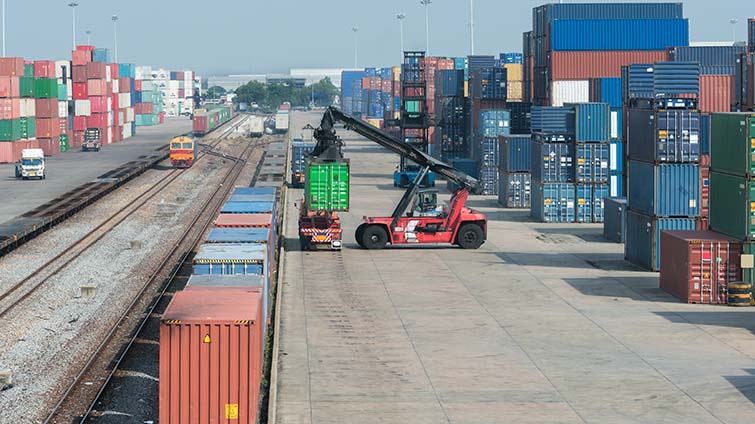Intermodal growth continues amid extended high season
Published: Thursday, November 06, 2025 | 08:00 AM CDT
Market overview
U.S. intermodal rail deliveries rose 1.3% year over year in September, according to the Association of American Railroads (AAR). Total intermodal volume reached 10.57 million units, which is up 3.5% year-to-date—marking the highest activity since 2021. These gains highlight resilient consumer spending and steady import demand, though questions remain about how long this momentum will hold through the holiday season.
High season and pricing trends
High season is in full swing, led by strong outbound activity from Southern California. Some major carriers implemented early surcharges, ranging from $300 to $800 per load, to manage elevated demand and maintain network efficiency. Peak operations are expected to continue through late December, signalling a longer-than-usual season.
Port and import trends
The Port of Los Angeles continues to anchor West Coast intermodal flows, though import volumes are beginning to moderate. September data from the Port Optimizer showed single-digit y/y declines, aligning with the National Retail Federation’s forecast for gradual softening through year end. The U.S.-China trade discussions, escalations, truces and extensions added a layer of uncertainty, prompting importers to adjust delivering timelines and inventory strategies.
Shipper strategy and cost management
Many importers have adjusted schedules, pulling freight forward ahead of expected tariff deadlines or pausing select SKUs. Shippers managing rail allocations should monitor weekly resets, as moving freight earlier in the week can help to avoid overages and reduce cost exposure. Maintaining flexibility on ship dates and equipment types remains a key lever for optimising peak-season spend.
Spot market and pricing outlook
Spot intermodal rates remain closely tied to truckload pricing. Rail carriers do this to remain competitive. As described in our Truckload report, that market is expected to remain fairly soft with mild rate increases in the upcoming year. With the exception of deliveries out of California, intermodal pricing is expected to remain stable through early 2026, with modest y/y contract increases of 2-5%, similar to truckload.
Service performance
Despite seasonal volume pressures, intermodal service levels remain consistent with five-year averages. Elevated Southern California activity has not resulted in sustained container or chassis shortages. The network retains adequate capacity, though strategic equipment positioning will be important as railroad carriers manage shifting demand patterns.
 Download slides
Download slides